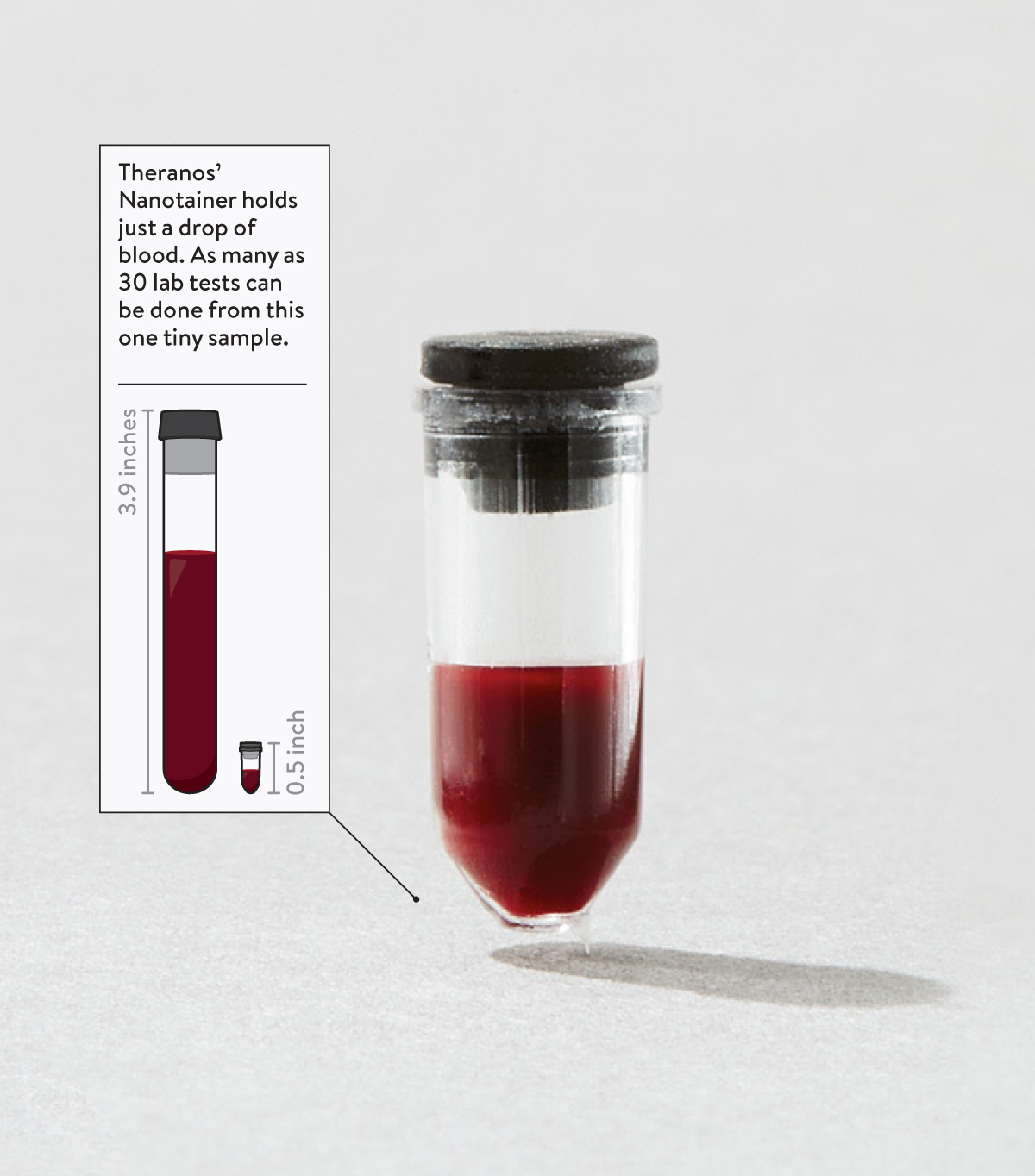ScienceRocks
Democrat all the way!
- Thread starter
- Banned
- #661
Ultrasonic imaging at 1,000 times times higher resolution | KurzweilAIA next-generation ultrasonic imaging system that could provide 1,000 times higher resolution than today’s medical ultrasound systems has been demonstrated by Lawrence Berkeley National Laboratory (Berkeley Lab) researchers.
The researchers used a combination of subpicosecond laser pulses and unique nanostructures to produce acoustic phonons — quasi-particles of vibrational energy that move through an atomic lattice as sound waves — at a frequency of 10 gigahertz (10 billion cycles per second).
By comparison, medical ultrasounds devices today typically reach a frequency of only about 20 megahertz (20 million cycles per second). The 10GHz phonons can be used to “see” subsurface structures in nanoscale systems that optical and electron microscopes cannot.
“We have demonstrated optical coherent manipulation and detection of the acoustic phonons in nanostructures that offer new possibilities in the development of coherent phonon sources and nano-phononic devices for chemical sensing, thermal energy management and communications,” said research team leader Xiang Zhang, a faculty scientist with Berkeley Lab’s Materials Sciences Division and corresponding author of a paper published in Nature Communications describing this research.
Acoustic imaging offers several advantages over optical imaging. The ability of sound waves to safely pass through biological tissue has made sonograms a popular medical diagnostic tool. Sound waves have also become a valuable tool for the non-destructive testing of materials. Phonons at GHz frequencies can pass through materials that are opaque to photons, the particles that carry light. Ultrahigh frequency phonons also travel at the small wavelengths that yield a sharper resolution in ultrasound imaging.



